Creole Spices: A Flavorful Journey Through Heat, Herbs, and History
Table of Contents
- What Are Creole Spices?
- A Taste of Heritage: The Roots of Creole Cuisine
- The Holy Trinity & Beyond: Core Ingredients in Creole Spice Blends
- From Gumbo to Jambalaya: How to Use Creole Spices in Everyday Cooking
- Spice It Up: A Practical Buying Guide for Creole Seasonings
- Beyond Louisiana: Creole Flavors Around the World
- Conclusion: Embracing the Spirit of Creole Cuisine
What Are Creole Spices?
When you think of Creole cuisine, the first thing that probably comes to mind is gumbo, jambalaya, or étouffée — dishes rich with flavor, aroma, and a certain je ne sais quoi that makes them unforgettable. But behind those bold flavors lies a carefully curated collection of spices known as Creole seasoning. Unlike its close cousin, Cajun seasoning, Creole spice blends emphasize a more herb-forward profile, often including ingredients like oregano, thyme, and bay leaf.
At its heart, Creole seasoning is less about overwhelming heat and more about balancing earthy, savory, and aromatic notes. Whether you're cooking up a pot of seafood stew or spicing up roasted vegetables, understanding the nuances of Creole spices can elevate your kitchen game to new heights.
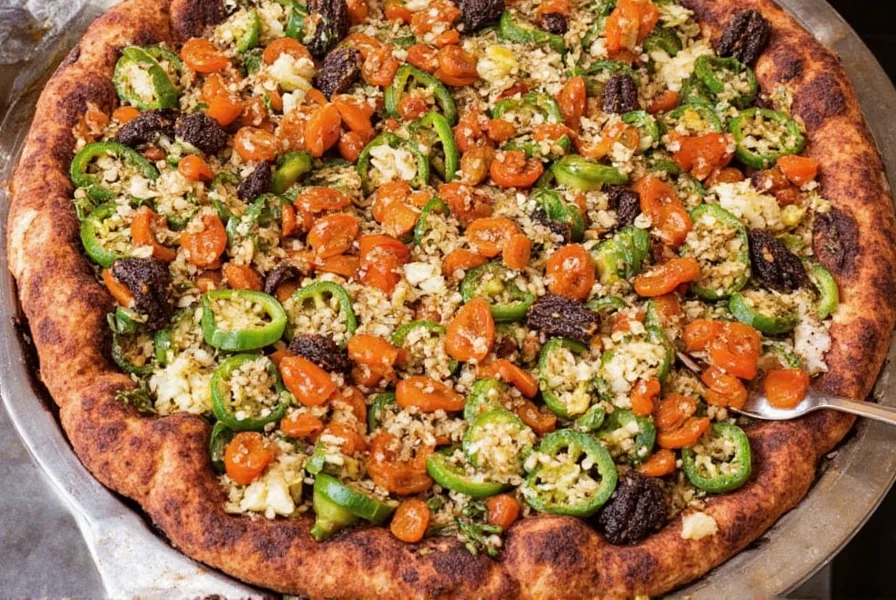
A Taste of Heritage: The Roots of Creole Cuisine
To truly appreciate Creole spices, we need to take a trip back in time to New Orleans — the birthplace of this unique culinary tradition. Creole cuisine emerged in the 18th century, shaped by French, Spanish, African, German, and Italian influences. This melting pot of cultures created a style of cooking that embraced both sophistication and rustic simplicity.
Unlike Cajun food, which developed later in rural Louisiana, Creole cuisine thrived in urban settings where fresh herbs were more readily available. This difference is reflected in the seasoning styles: Creole blends lean on herbs like parsley and thyme, while Cajun mixes rely more heavily on pepper-forward profiles.
The Difference Between Creole and Cajun Seasonings
| Chef's Tip | Creole Seasoning | Cajun Seasoning |
|---|---|---|
| Base Flavor | Herb-forward | Pepper-forward |
| Common Ingredients | Paprika, oregano, thyme, garlic powder, onion powder, salt | Cayenne, black pepper, garlic powder, onion powder, paprika |
| Heat Level | Mild to moderate | Moderate to spicy |
| Popular Dishes | Gumbo, jambalaya, shrimp étouffée | Jambalaya (rural), dirty rice, gumbo (country-style) |
| Region of Origin | New Orleans (urban) | Southwest Louisiana (rural) |
The Holy Trinity & Beyond: Core Ingredients in Creole Spice Blends
In Creole cooking, the foundation is built not just on spices, but on what’s known as the “Holy Trinity” — onions, bell peppers, and celery. These aromatics are often sautéed at the start of any dish, laying down the base layer of flavor. But when it comes to spice blends themselves, here are the most common ingredients you’ll find:
- Garlic Powder – Adds a deep, savory note without overpowering other flavors.
- Onion Powder – Enhances sweetness and depth, especially when combined with garlic.
- Paprika – Provides color and a mild smoky sweetness.
- Oregano – A staple in many Creole blends, lending a Mediterranean flair.
- Thyme – Offers herbal brightness that balances richer ingredients.
- Basil – Often used in New Orleans-style blends for a touch of licorice-like flavor.
- Bay Leaf – Frequently added whole during cooking to infuse broths and stews.
- Black Pepper – For subtle heat and complexity.
- Salt – Obviously, to bring out all the other flavors.
Some modern Creole spice mixes also include a dash of cayenne or chili powder, but traditionalists prefer a milder approach, letting the herbs shine through.
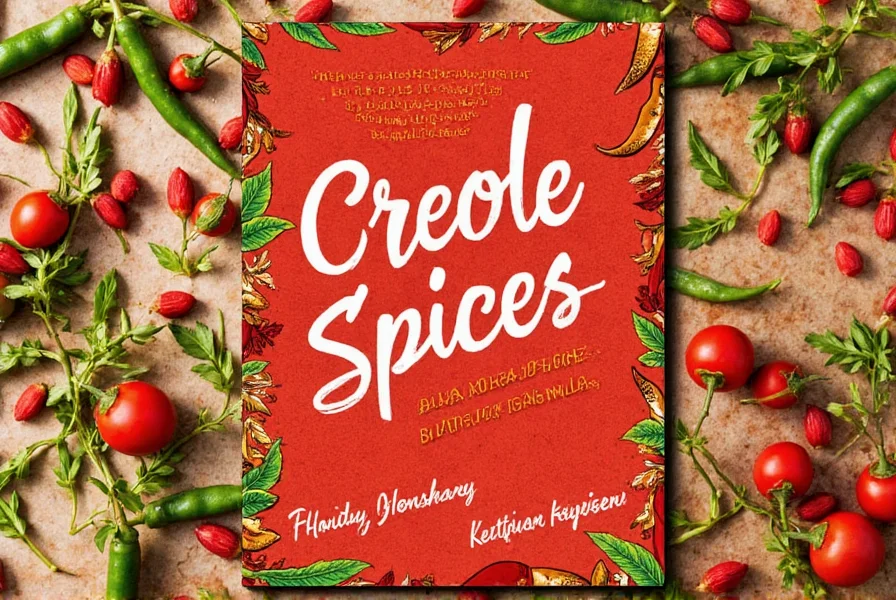
From Gumbo to Jambalaya: How to Use Creole Spices in Everyday Cooking
One of the best things about Creole spices is how versatile they are. While they’re essential in Southern classics like gumbo and jambalaya, they can also jazz up everything from grilled chicken to roasted sweet potatoes. Here are some practical ways to incorporate Creole spices into your meals:
Chef-Approved Tips for Using Creole Spices
- 1. Build Layers of Flavor: Start by sautéing the Holy Trinity in oil or butter, then sprinkle in your Creole seasoning early in the cooking process so it can bloom and develop richness.
- 2. Marinate Proteins: Sprinkle Creole seasoning onto chicken, shrimp, or tofu before grilling or roasting for a burst of flavor.
- 3. Spice Up Vegetables: Toss root vegetables or okra in olive oil and Creole spices before roasting for a colorful side dish.
- 4. Boost Rice Dishes: Add a teaspoon or two to rice as it cooks, or stir it into risotto or paella for a Southern twist.
- 5. Make Your Own Blend: Mix together equal parts garlic powder, onion powder, paprika, dried oregano, thyme, basil, and a pinch of cayenne for a custom Creole seasoning.
- 6. Sprinkle on Popcorn or Snacks: Believe it or not, a light dusting of Creole seasoning turns plain popcorn into a zesty treat!
Creative Uses Outside Traditional Dishes
- Salad Dressings: Stir a pinch into vinaigrettes for a zesty kick.
- Homemade Crackers: Brush dough with olive oil and sprinkle with Creole seasoning before baking.
- Eggs: Sprinkle over scrambled eggs or avocado toast for an instant flavor boost.

Spice It Up: A Practical Buying Guide for Creole Seasonings
Whether you're shopping at a local market or browsing online, choosing the right Creole seasoning can make all the difference in your dish. Here’s a breakdown of popular brands, their flavor profiles, ideal use cases, and who should buy them.
Top 5 Creole Seasoning Brands Compared
| Product Name | Flavor Profile | Key Ingredients | Best For | Heat Level |
|---|---|---|---|---|
| Tony Chachere's Original Creole Seasoning | Classic, slightly salty, well-balanced | Salt, red pepper, garlic, oregano, thyme | Everyday cooking, gumbos, stews | Mild |
| Zatarain's Creole Seasoning | Mild, aromatic, slightly smoky | Paprika, onion, garlic, oregano, thyme | Boiled crawfish, jambalaya, beans | Very Mild |
| McCormick Bay Seasoning | Herb-heavy, floral notes | Dill, marjoram, bay leaf, thyme | Fish dishes, steamed veggies | Non-spicy |
| Rex Products Creole Seasoning | Robust, earthy, complex | Sea salt, black pepper, celery seed, mustard | Red meats, hearty stews | Moderate |
| Primal Kitchen Smoked Creole Seasoning | Smoky, clean, low sodium | Sea salt, smoked paprika, garlic, turmeric | Keto-friendly meals, paleo diets | Mild |
Buying Tips: What to Look For
- Avoid Added Fillers: Some cheaper blends contain unnecessary additives like anti-caking agents or artificial colors. Stick to natural ingredients when possible.
- Check Salt Levels: If you’re watching your sodium intake, opt for low-sodium versions or make your own mix.
- Buy Fresh: Like all spices, freshness matters. Store in a cool, dark place and replace every 6–12 months.
- Look for Organic Certification: Especially important if you want to avoid pesticides or GMOs.
- Consider Dietary Preferences: Gluten-free, vegan, keto-friendly options are now widely available — read labels carefully.
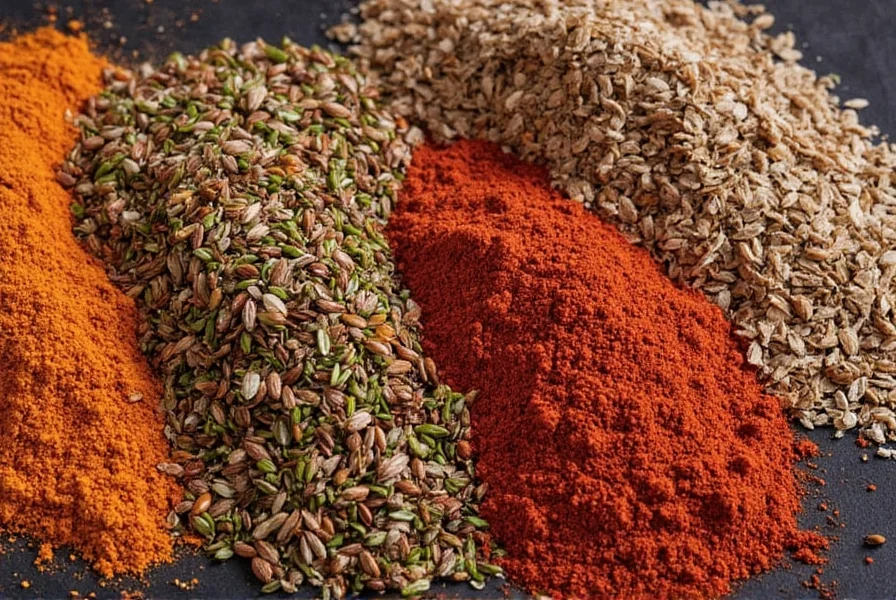
Beyond Louisiana: Creole Flavors Around the World
While Creole cuisine originated in Louisiana, its influence has spread far beyond the United States. In fact, many regions around the globe have adopted similar flavor profiles using local ingredients, creating their own version of “Creole-inspired” cuisine.
Global Interpretations of Creole Flavors
- Caribbean Creole Dishes: Countries like Haiti and Trinidad incorporate Creole seasoning into their jerk-style marinades and callaloo soups.
- Mauritian Creole Fusion: Influenced by Indian, Chinese, and French flavors, Creole-style dishes in Mauritius might feature chilies, turmeric, and lime alongside traditional Creole herbs.
- European Takes on Creole: In France and Italy, chefs often create Creole-inspired rubs for grilled fish or pasta dishes, swapping out American ingredients for local equivalents like fennel pollen or marjoram.
This cross-cultural exchange highlights the adaptability of Creole spices — they’re not confined to one region but are instead a testament to how flavor can transcend borders and bring people together.
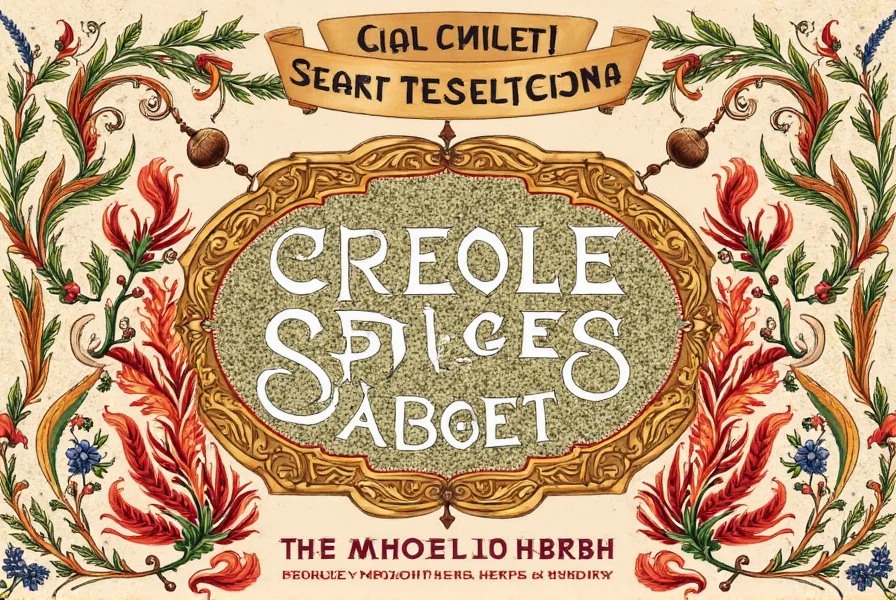
Conclusion: Embracing the Spirit of Creole Cuisine
Creole spices aren’t just a seasoning — they’re a celebration of heritage, culture, and community. From the bustling streets of New Orleans to kitchens around the world, these blends tell a story of resilience, creativity, and shared joy in good food.
Whether you’re making a classic gumbo or experimenting with a fusion dish, don’t be afraid to play with proportions, add a personal touch, or even create your own signature blend. After all, that’s what Creole cuisine is all about — making space for everyone at the table and savoring every bite along the way.
So grab your skillet, dust off that spice rack, and let the spirit of Creole seasonings bring warmth, color, and soul to your next meal. Bon appétit — or as they say in New Orleans, Laissez les bons temps rouler!

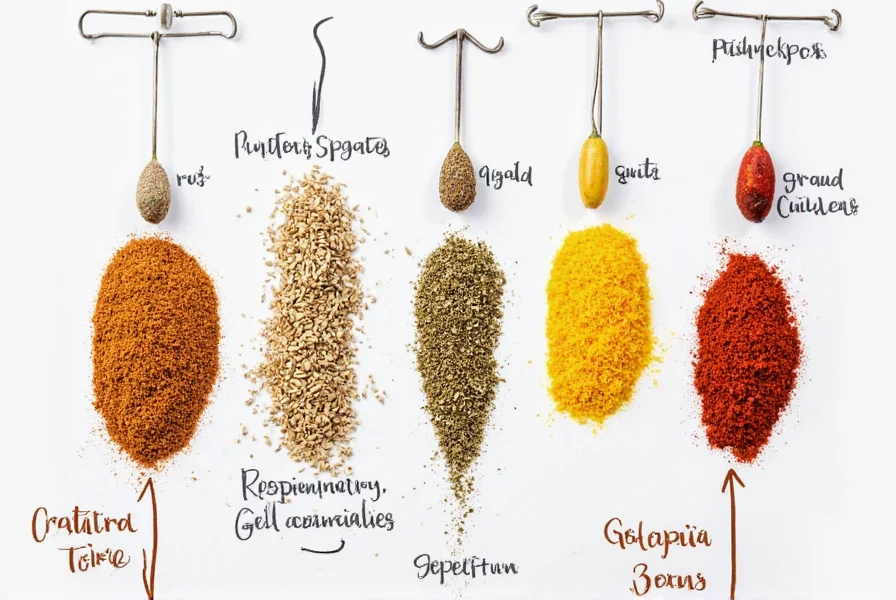









 浙公网安备
33010002000092号
浙公网安备
33010002000092号 浙B2-20120091-4
浙B2-20120091-4